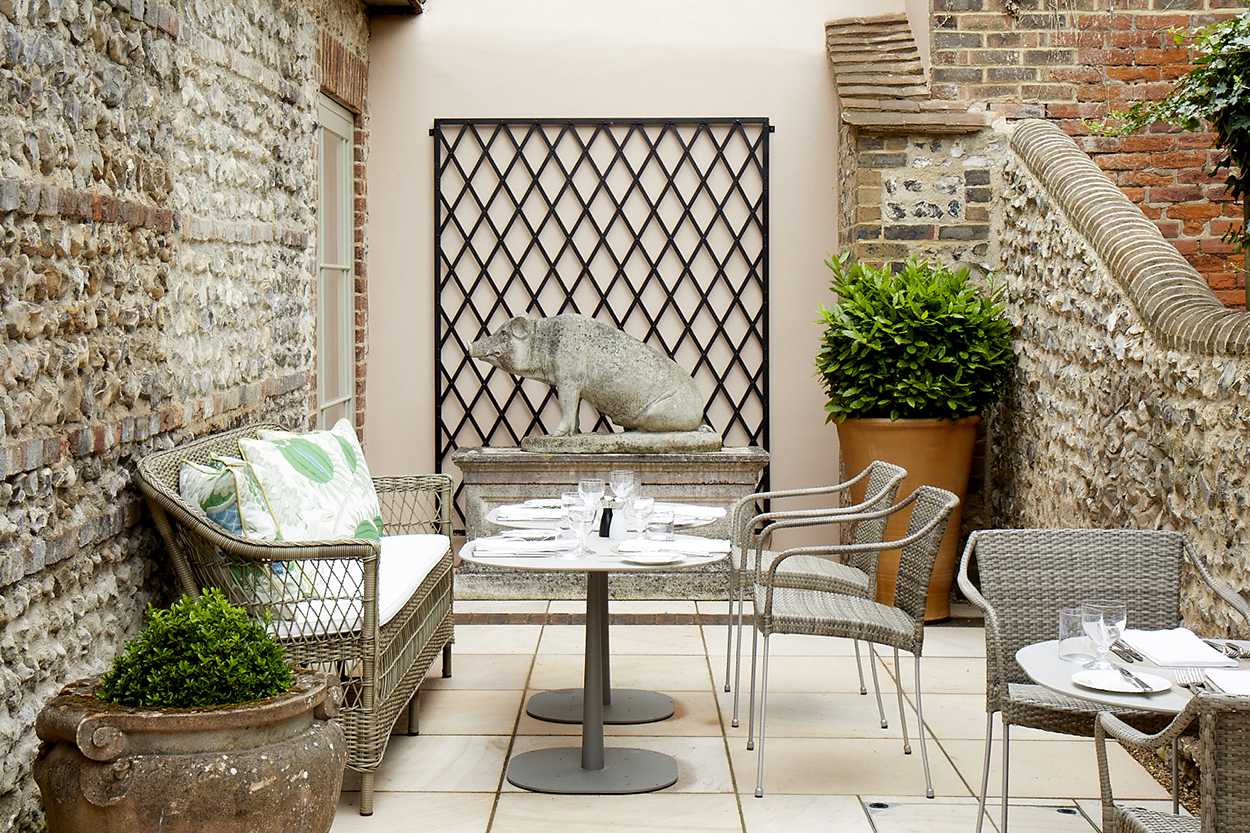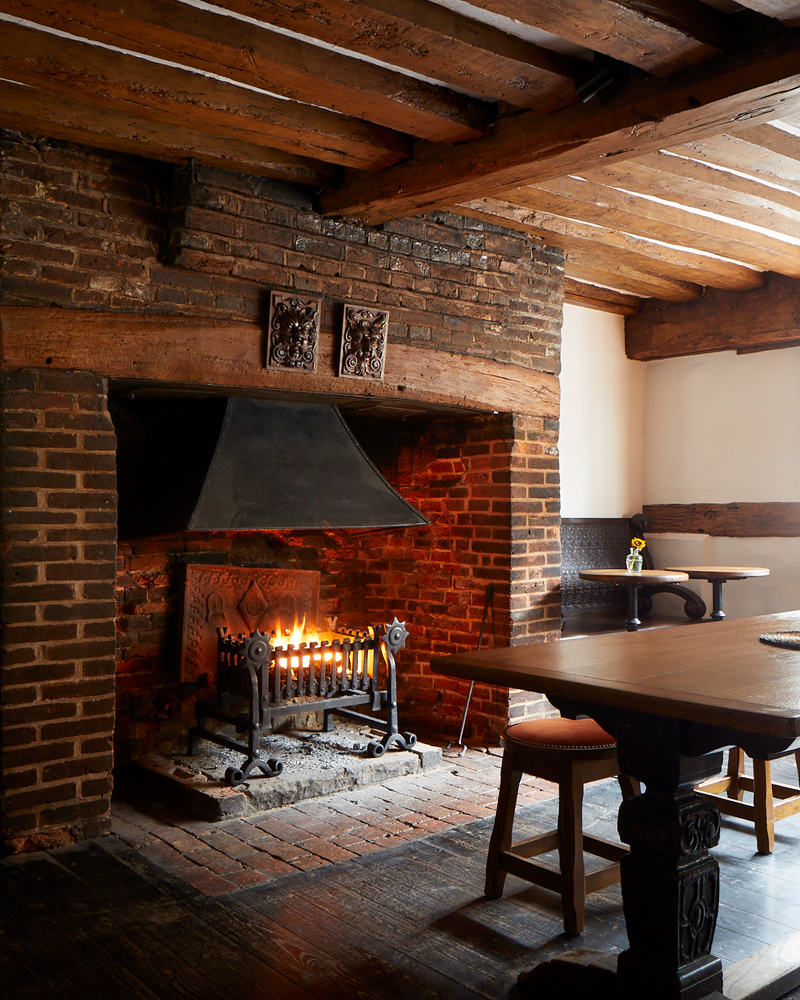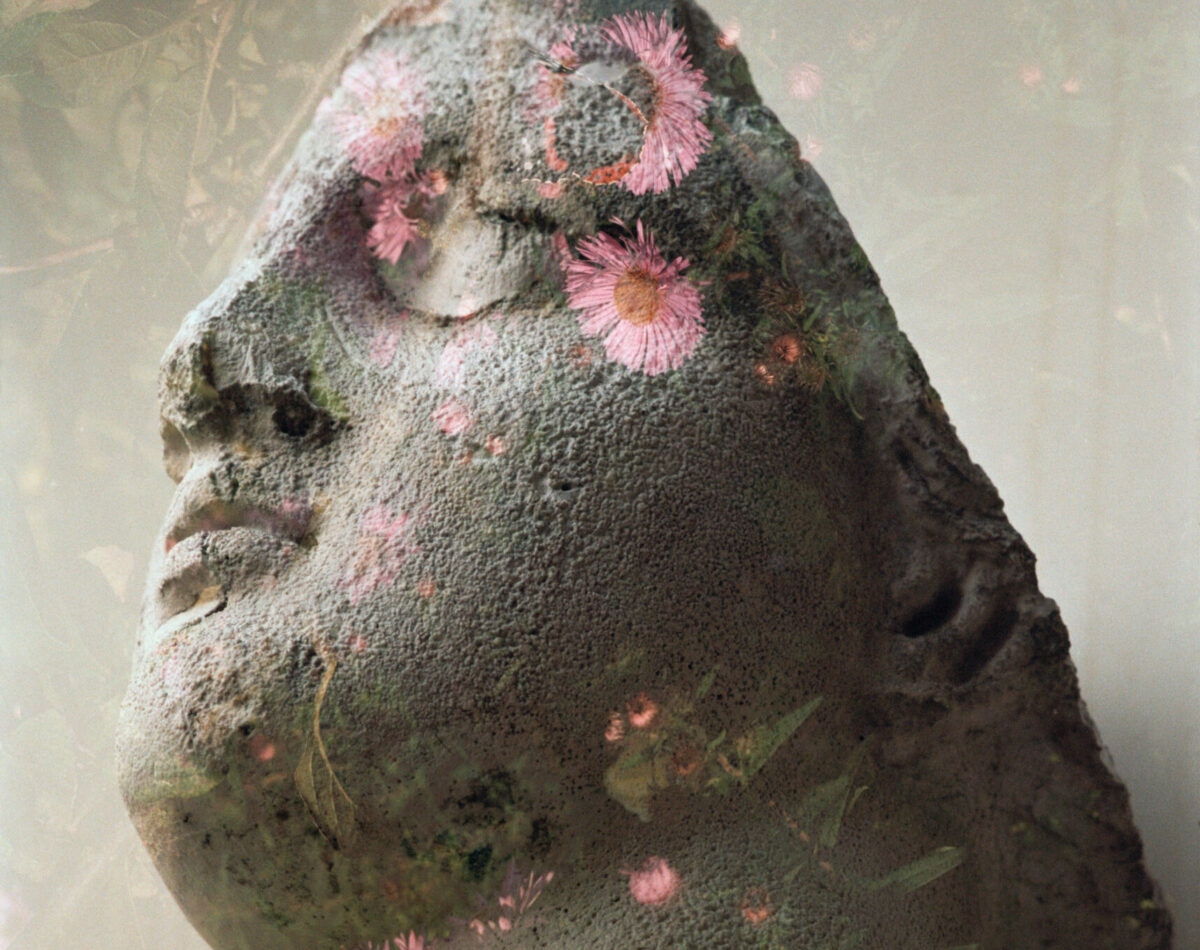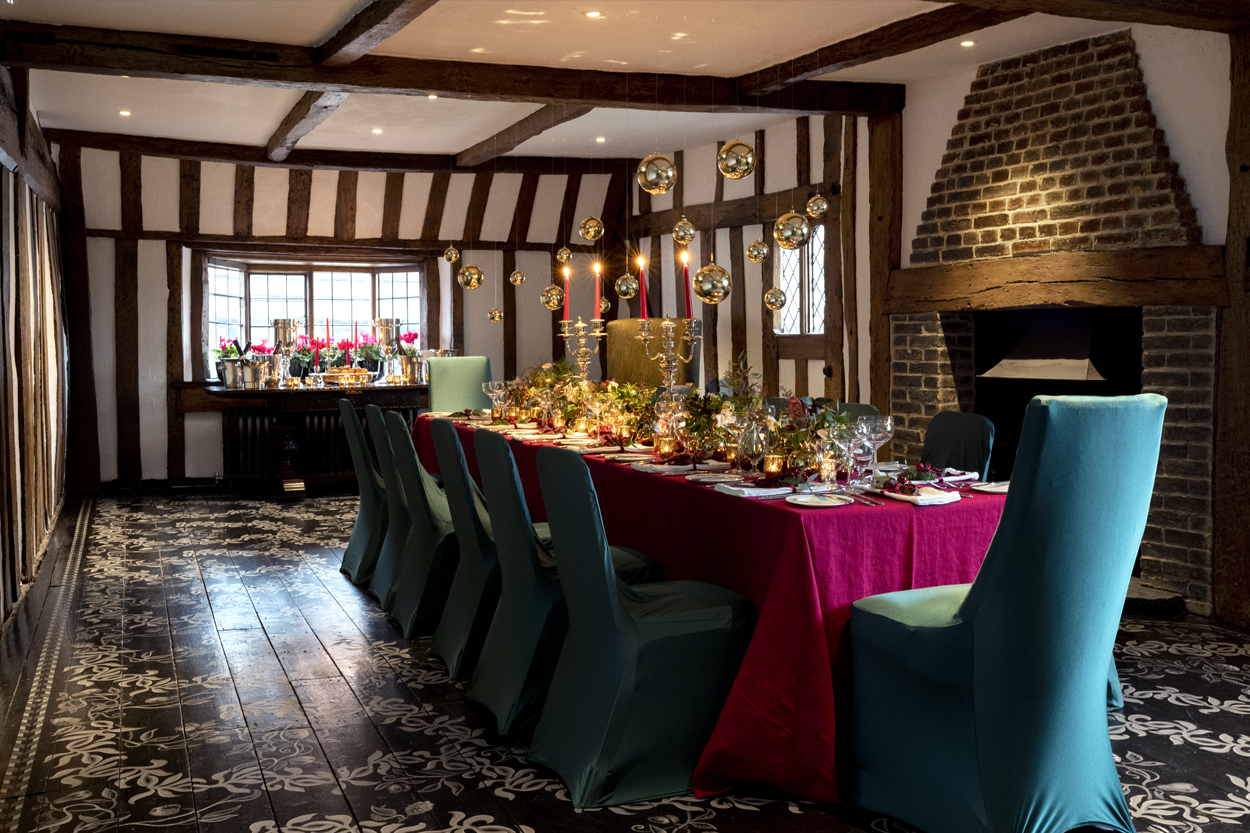The Endsleigh Gardener: Winter flowering plants have clever strategies to tempt pollinators from their hiding places by Ben Ruscombe-King (January 2022)
I am often asked what we find to do in the garden in winter, as if everything comes to a grinding halt sometime around the end of November. Nothing could be further from the truth, in fact the work is much more varied and in many ways more interesting when the tyranny of grass cutting and rampant growth control comes to an end. It is a time for reflection, yes, but also a time of action, preparation and above all expectation: expectation encouraged by little punctuation marks throughout the beginnings of the year, I already have a little spring in my step and a smile on my face, prompted by my first encounter with a group of nodding snowdrops. Winter aconites are now beginning to push forth and will soon dot the shady beds with little shafts of sunlight, whatever the weather throws at us, and who can remain unmoved by the freckled faces of hellebores, heads bowed as if embarrassed by their premature arrival. All these plants would probably go unnoticed in the froth of midsummer but because of the paucity of flowers at this time of year, they elicit far more joy than their blousier summer cousins. Winter flowering plants have clever strategies in the winter to tempt pollinators from their hiding places- it seems they also work on humans, as I am often drawn through the gardens following the scent of honeysuckle, mahonia, witch hazel and the sweet scent of butterbur that hangs in the air throughout the Dell.
The Dell is as verdant as ever through the winter months: huge giant sequoias and Douglas firs stand sentinel and whilst the deciduous trees have lost their leaves, they still drip with moss, ferns and lichen. There is a clarity to the garden at this time of year, now the plants have died down, the garden itself comes to the fore and one can make sense of Repton’s intent: the drama of the rock; the soundscape created by the water; the adventure of hidden pathways and sunken tunnels. The structure is laid bare and the confusion of the summer cacophony gives way to a more insightful scene. It is perhaps more dramatic as well, as the streams, cascades and waterfalls, now in full view, are brimful and accentuate Repton’s clever manipulation of the water. A gentle tinkle here, a crashing torrent there, a mirrored pond soon broken into froth and foam by a tumbling waterfall. The sounds of the water are different in every part of the Dell and it is hard to believe this anything other than coincidental, but take a closer look at the narrowing and widening of the streams, the placing of large flat stones under the waterfalls and the engineering to bring subsidiary streams down the sides of the valley, all discussed in Repton’s famous red books, it becomes clear that this is no accident of nature but the result of careful planning and artifice.
January and February are often regarded as dispiriting and I have to admit I am not immune to that, but having to spend most of the daylight hours outside, l am constantly reminded- by the bursting bud of a camellia or the cascading bells of Pieris- that the cycle of life has once again turned full circle and is already on an upward trajectory. The passage from ennui to hope is well underway and this year is surely going to be better than last.









